Today, Leica has announced the Leica SL2-S professional mirrorless camera. This new member of the SL family doesn't replace the existing SL2. Rather, the SL2-S complements it, offering enhanced video capabilities, superior low light performance, and faster sustained shooting, albeit at a lower resolution and lower price of $4,895.
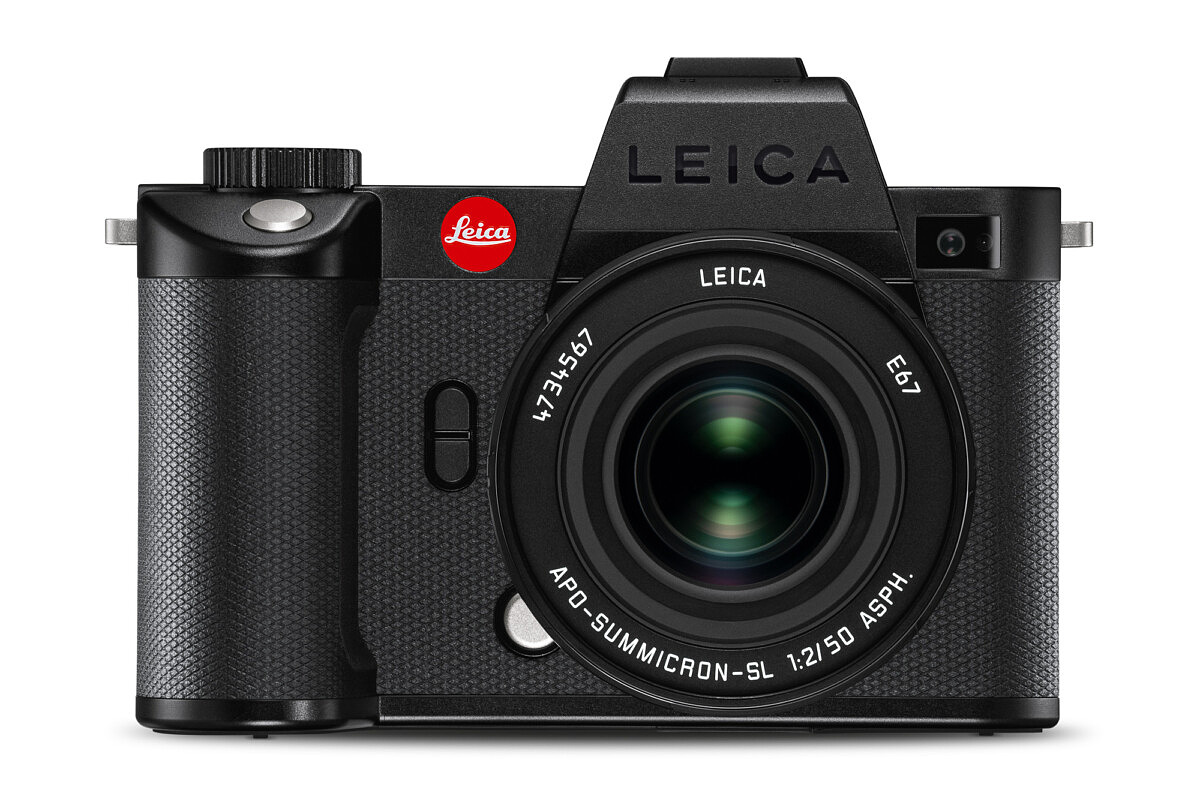
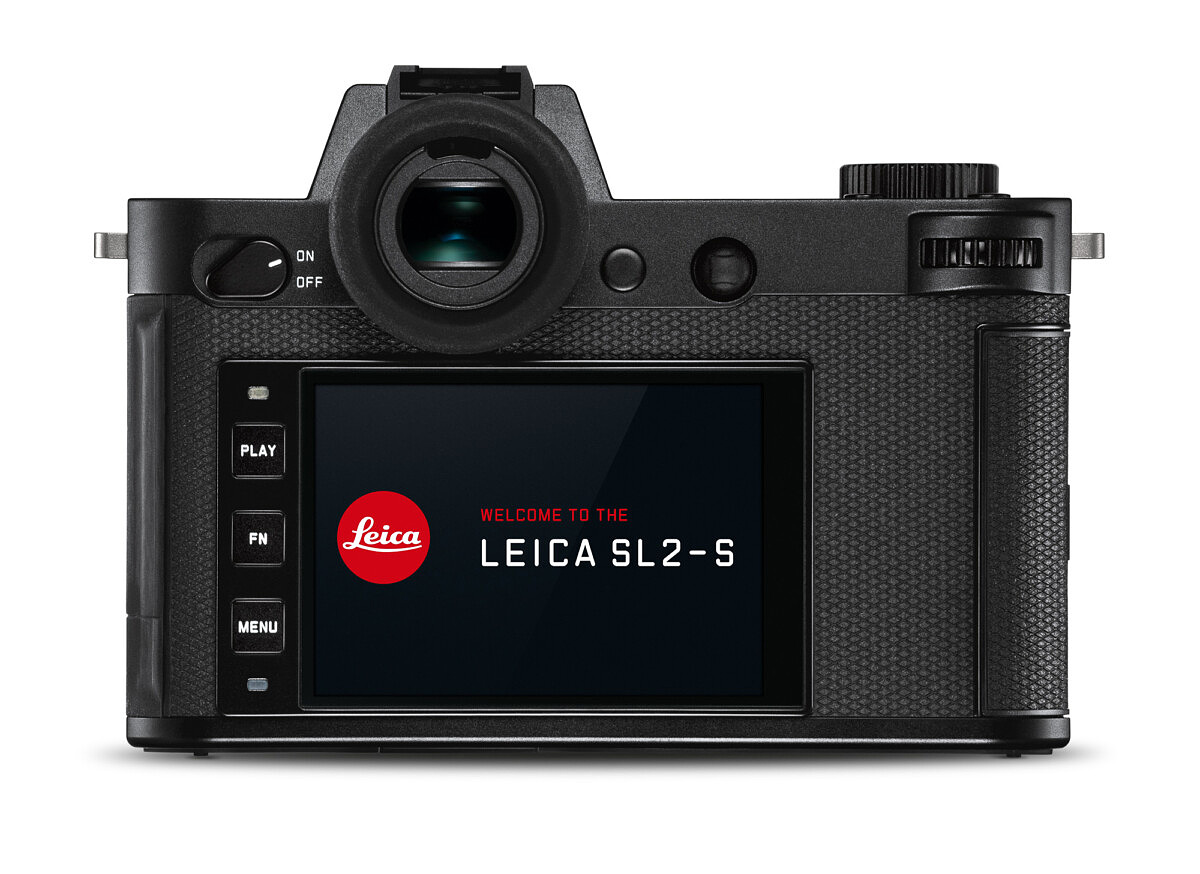
Built on the same proven chassis and technology platform as the SL2, the SL2-S is virtually identical with the most obvious difference in its unique blacked-out LEICA engraving on the front of the viewfinder bump. More subtly, the model name engraving on the top of the hot shoe is also blacked-out. Otherwise, you'd have a hard time telling these two apart without diving into the tech specs.
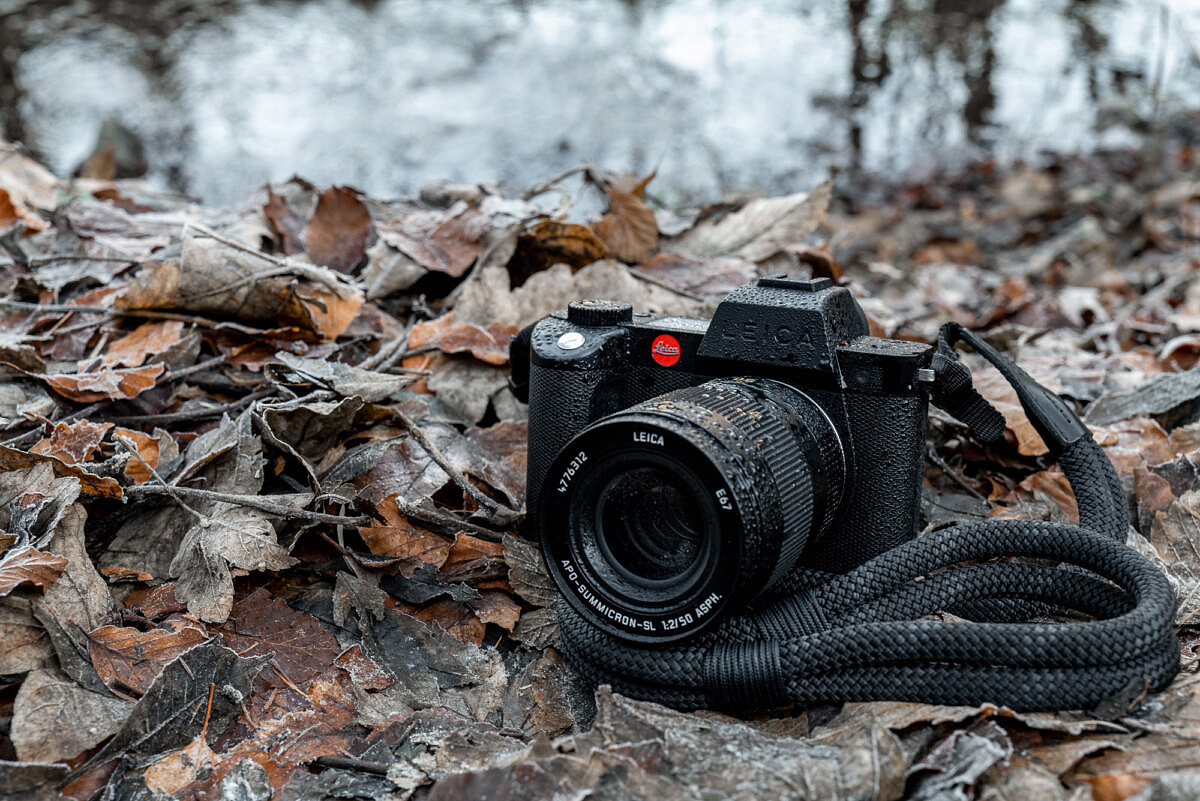
New 24MP Sensor
Under the hood, Leica has endowed the SL2-S with a newly-designed 24 megapixel full frame BSI, or Back Side Illuminated, CMOS sensor. And in true Leica fashion, the chip eschews the detail-robbing optical low pass filter and going for maximum detail rendition. The sensor is mated to the same blazing fast Maestro III processor found in the SL2. But with half the pixels to crunch through, the SL2-S offers a speed advantage. The camera is capable of shooting DNGs up to 9 frames per second using the mechanical shutter – around the same as the SL2 – or up to an impressive 25 fps when using the electronic shutter. And where the SL2 would fill the buffer after 78 DNG shots, the SL2-S can shoot virtually unlimited to its 4GB buffer, the spec sheet simply stating “more than 999 recordings.”
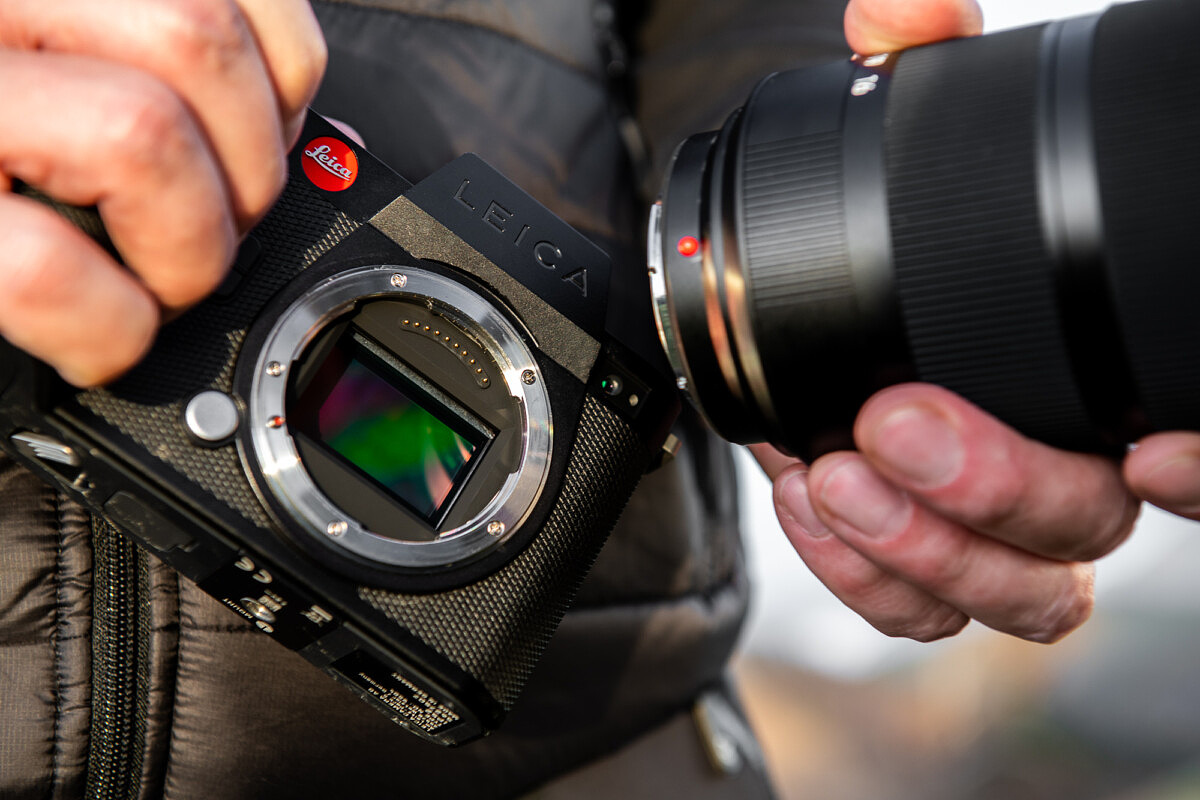
The drop back to 24 megapixels isn't just a gussied-up SL601. With a large 5.9um pixel size and a much greater light sensitive area thanks to the BSI design, the SL2-S offers incredible low light performance, the kind usually reserved for Leica's Monochrom variants. Yet, on the SL2-S we're seeing a 2-3 stop improvement in high ISO capability versus the SL601 and SL2. And if 24MP is too low res to consider for all photo applications, consider the inclusion of multishot mode, which outputs 96 megapixel files with stunning details.
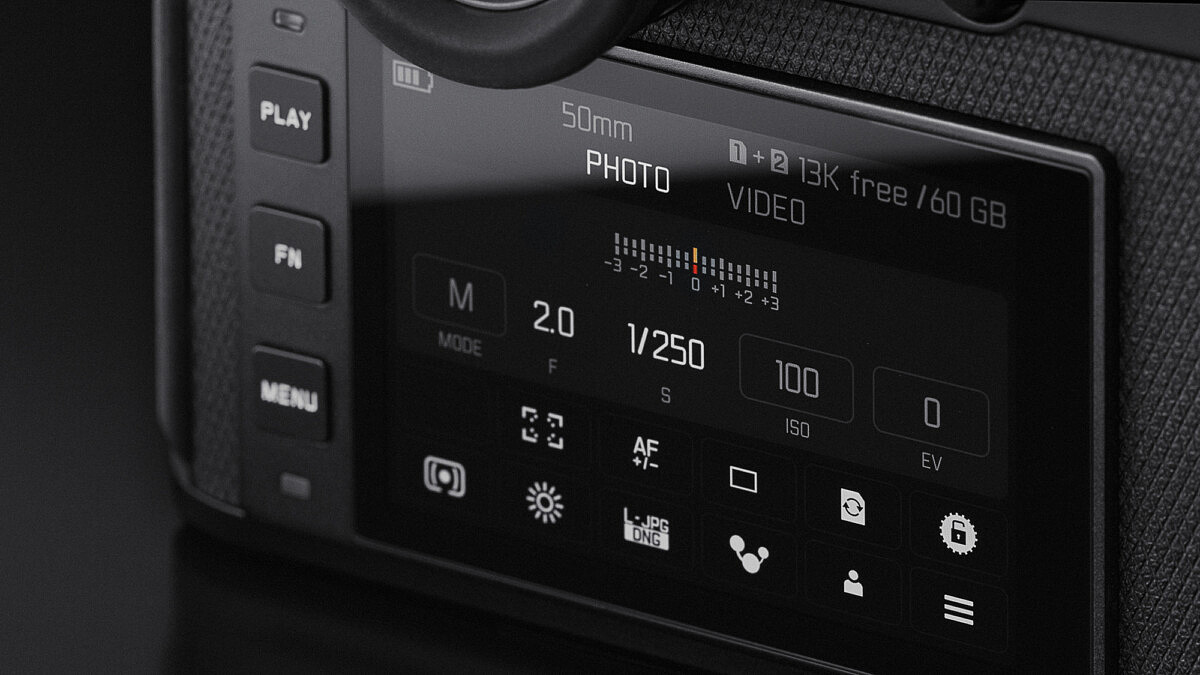
Unlike other camera brands, Leica hasn't stripped away any features of the higher resolution SL2 when releasing a less expensive, lower resolution model. The SL2-S still features the stunning 5.76 megapixel OLED EVF with 120hz refresh, the same game-changing IBIS (In Body Image Stabilization), dual UHS-II SD card slots, identical A/V inputs, the clear 3.2 inch rear touchscreen, Wi-Fi, Bluetooth LE, and of course, shares the rugged IP54 weather and dust sealing rating and all-metal Made-in-Germany construction. This is no lite version.
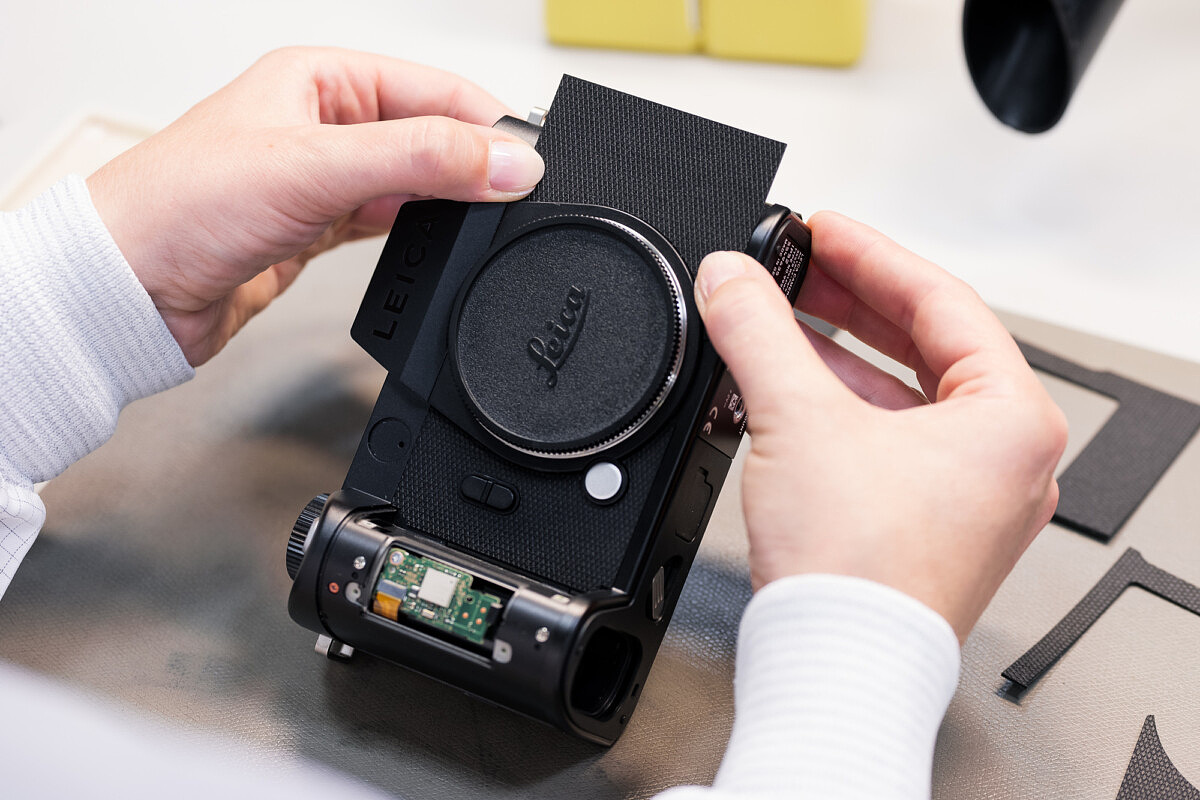
Video Features
Along with all these still photography advantages, the SL2-S also aims higher with video capabilities. The low-noise, high dynamic range BSI sensor does wonders for video production, opening up low light filming possibilities without sacrificing quality. 4K UHD and Cine 4K, both recording up to 60fps can be recorded either internally or externally over a full-size HDMI connection. And whether internal or external, you'll get full 10-bit 4:2:2 files with the possibility to use Leica's L-Log or HLG for ultimate image quality. For high speed, up to 180 fps is possible in FHD mode. Looking at the specs, the camera offers almost endless options for frame rates, resolution, and recording codecs.
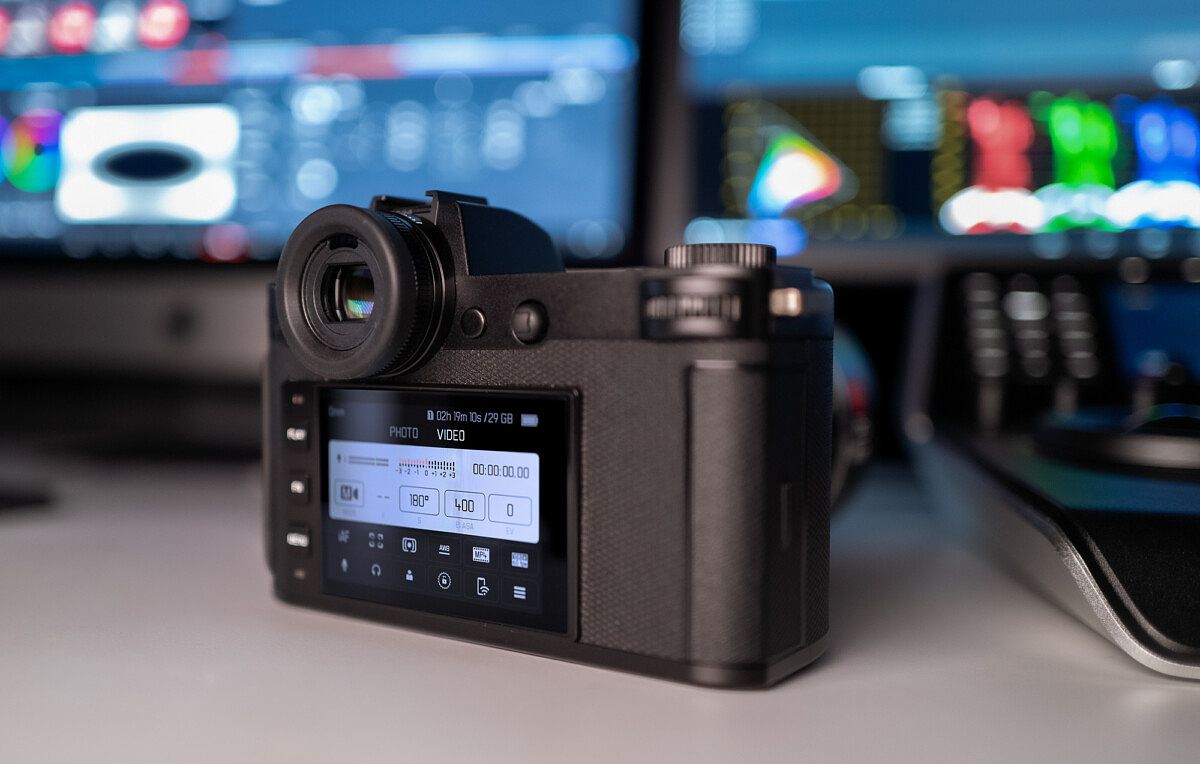
One of the coolest video features on the S2-S is the built-in viewing LUTs. When shooting in Log, the image on screen is flat and muted, making composition and gauging exposure more challenging. Leica has included two LUTs, Standard and Natural. Activating one of these doesn't change the resulting LOG file. Rather, you can preview in real-time in the EVF or LCD what the final, graded result will look like. And Leica has indicated that you'll be able to upload custom LUTs into the camera in an upcoming firmware update.
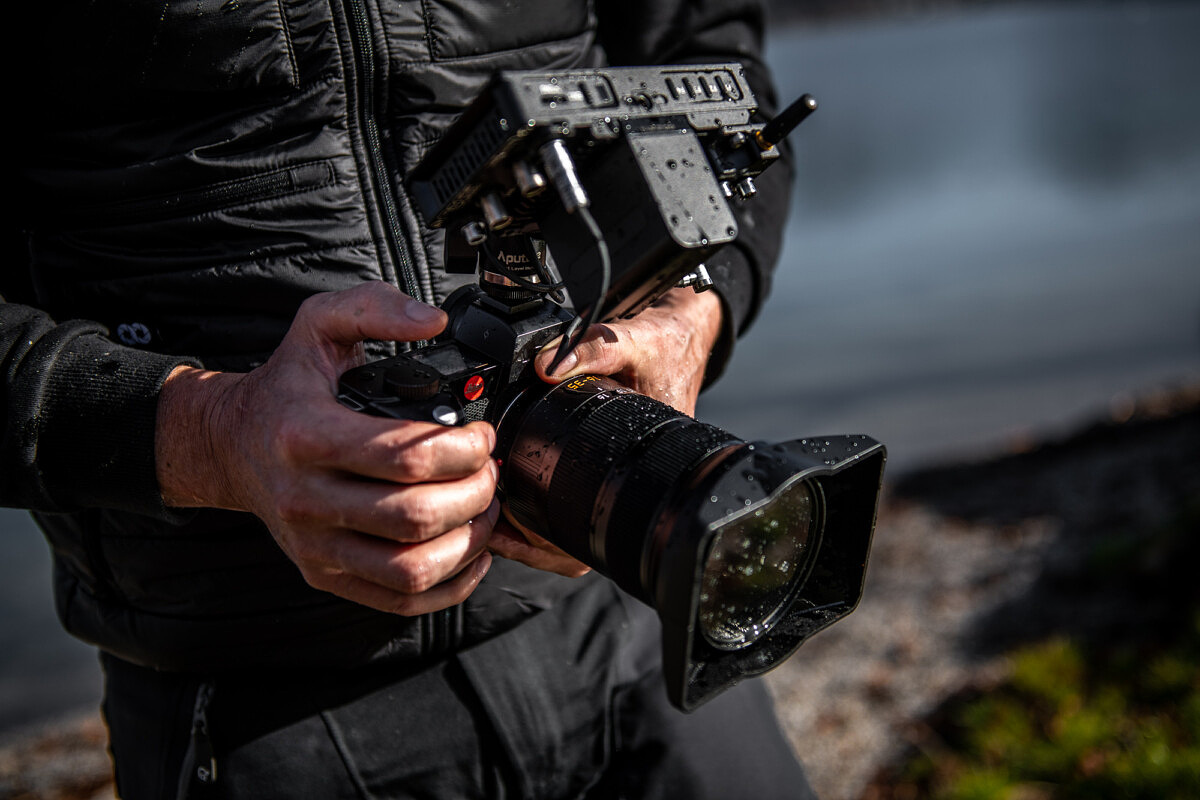
In fact, in an slightly unusual move, Leica released a full list of upcoming features to be added in the next firmware update. And what a list it is. IF they can deliver on all of these, the SL2-S will be one of the most capable video-focused mirrorless cameras on the market. I'm particularly excited about the built-in waveform monitor, HEVC H2.65 recording, new AF, better low-light live view, automated follow focus, color bars and tally mode. Okay, they all look like solid and sweeping improvements.
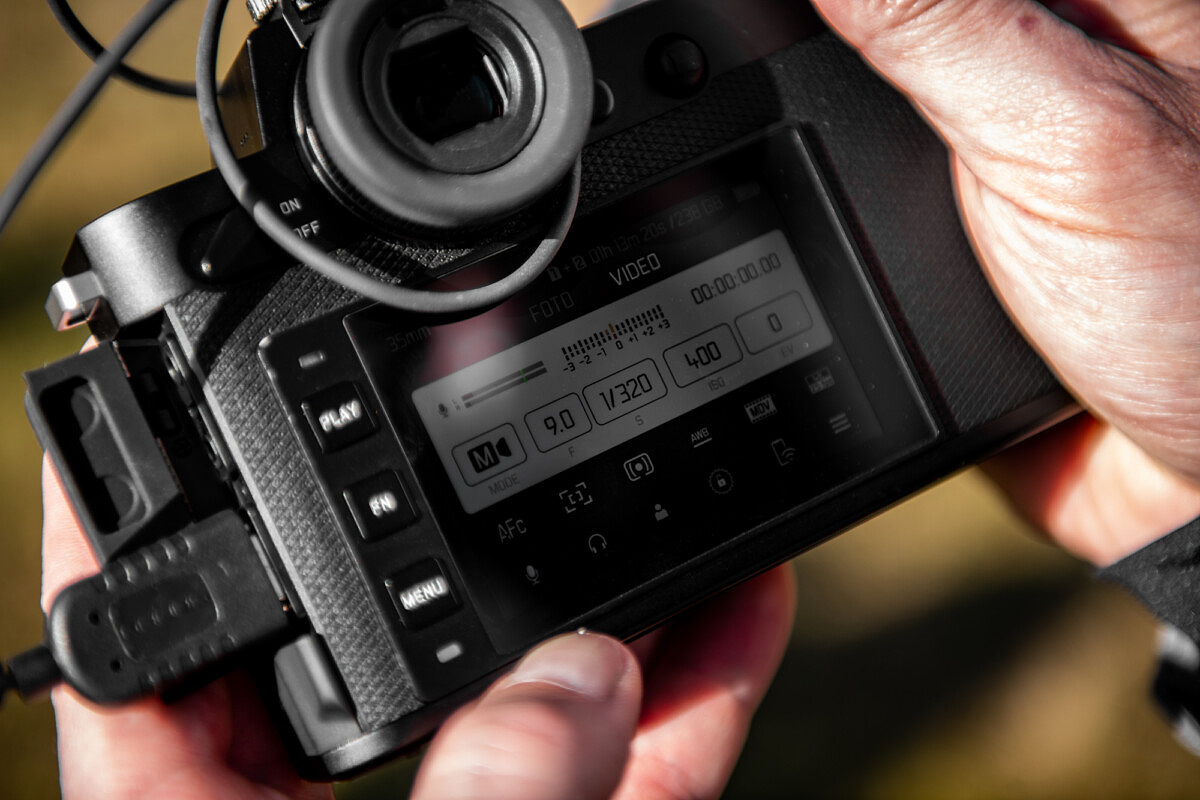
Upcoming firmware features (early 2021)
New Autofocus Algorithm
Improved eye/face/head/body recognition and focus tracking
HEVC video compression
Internal 4K recording with 10-bit at 50p/60p with H.265 codec
Long-GOP – Recording
Long-GOP for 10-bit codecs with 15-200 MB/s means same image quality as ALL-Intra but less than half the data size.
Segmented Video
Video recording will be split into 1-minute segments to avoid any potential data loss due to power failure
Individual viewing LUT
Upload function for personalized LUTs
Enhanced Live View
Better low light image composition control in live view
Image overlay
Allows alignment of the camera position on the basis of a previous taken image, that is displayed in a transparent mode in the EVF or on the LCD
Automatic Follow Focus
Definition of three focus points for automatic focus shift during video recording
Waveform Monitor
Professional exposure valuation of the video signal
1/3 ISO/ASA steps
Precise exposure control in Video and Cine modes
Color Bars
Reference for correct color grading and sound control in post production
Tally Mode
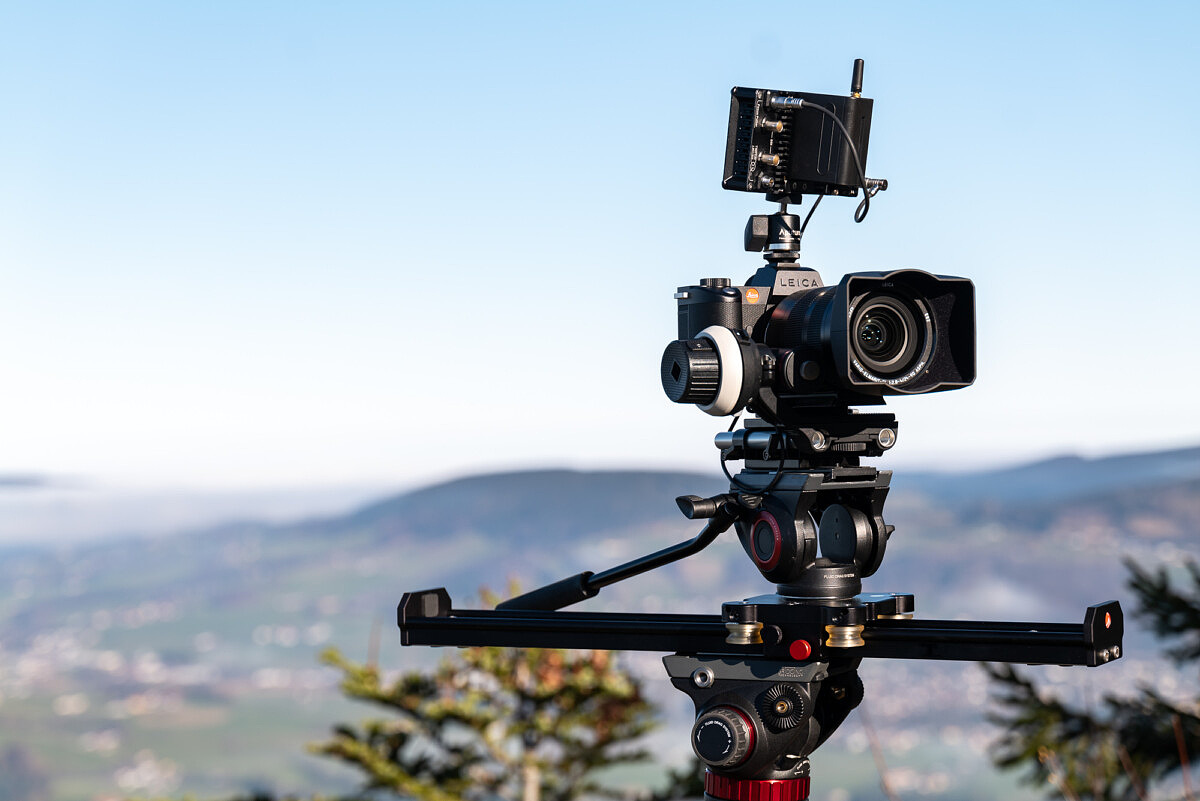
At a Glance
- New 24 megapixel CMOS-BSI full-frame sensor
- 25 fps electronic shutter, 9 fps mechanical shutter
- 4GB buffer memory
- ISO 100 – 100,000
- Internal video recording up to 4K 30p 10-bit 4:2:2 or Cine4K 30p 10-bit 4:2:2 External HDMI video recording up to 4K 60p 10-bit 4:2:2 or Cine4K 60p 10-bit 4:2:2
- Unique Leica L-Log and two integrated viewing LUTs (for EVF/LCD or for external recording monitor)
- Natural and Classic LUTs
- Internal video recording with no 29 minute limit
- Full integration with Capture One 21 Pro including tethered shooting
- Made in Germany with milled aluminum top cover and bottom plate
- IP54 weather and dust sealing and guaranteed -10C minimum operating temperature
- 5-axis IBIS – in body image stabilizatoin
- Camera shows red frame on the LCD during video recording
- Dual UHS-II SD card slots
- Full size HDMI connector
- Quick change battery mechanism
- Multishot capability for 96 megapixel high res DNG images
- 5.76 megapixel OLED EVF
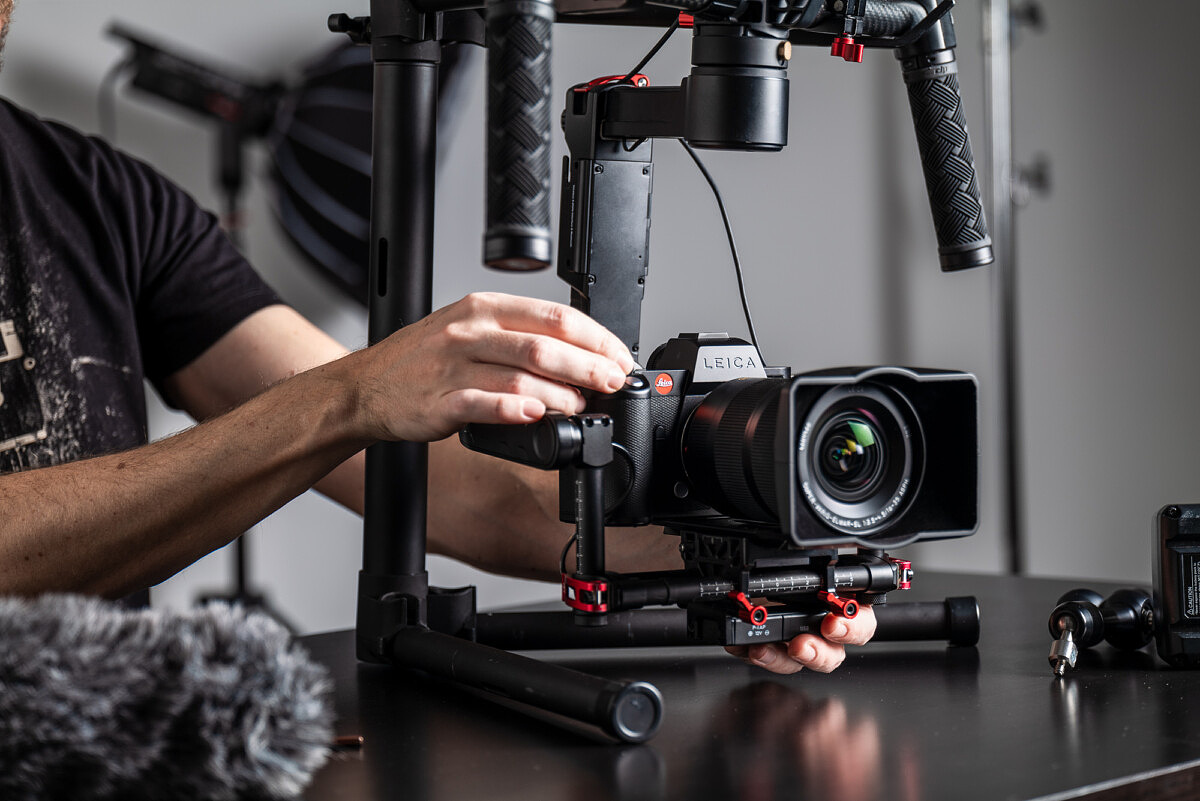
SL2-S Compared to SL2
| Leica SL2-S | Leica SL2 | |
| Resolution | 24 megapixels | 47 megapixels |
APS-C Resolution | 10.6 megapixels | 20 megapixels |
| ISO Range | 50 – 100,000 | 50 – 50,000 |
In Body Stabilization | Yes (5-axis) | Yes (5-axis) |
Dimensions | 146x107x42mm | 146x107x42mm |
Weight (without battery) | 850 grams | 835 grams |
| Weather Sealing | IP54 | IP54 |
Multishot | Yes (96 megapixels) | Yes (187 megapixels) |
Processor | Maestro III | Maestro III |
Max Shutter Speed | 1/16,000th | 1/40,000th |
EVF Resolution | 5.76 mp | 5.76 mp |
Rear LCD Size | 3.2″ | 3.2″ |
LCD Resolution | 2.10 mp | 2.10 mp |
Buffer | 4GB | 4GB |
| Buffer Depth | DNG > 999 shots, JPG > 999 shots | DNG 78 shots, JPG > 100 shots |
Max Frame Rate (photos) | 25 fps | 20 fps |
SD UHS II Slots | 2 | 2 |
HDMI | HDMI 2.0b | HDMI 2.0b |
Video Capability (4K) | Cine 4K 60fps | Cine 4K 60fps |
Video Capability (FHD) | FullHD 180fps | FullHD 180fps |
Video Sensor Area (4K) | Full Frame or S35 | Full Frame or S35 |
Video Sensor Area (FHD) | Full Frame or S35 | Full Frame or S35 (150/180 – S35) |
Internal Video Recording | 4:2:2 10-bit | 4:2:2 10-bit |
| Video Gamma | Rec 709, HLG (Rec 2020), L-Log | Rec 709, HLG (Rec 2020), L-Log |
| Video LUTs | 2 – Standard or Natural | No |
| Internal Recording Limit | None, up to 96GB | 29 min, up to 96GB |
Audio | 3.5mm in/out | 3.5mm in/out |
Performance Proofs
Leica included some nice sample images to show off the performance of the camera. These will have to do until we get our own unit for evaluation. So stay tuned for our review. But certainly, I'm extremely impressed with the high ISO capability, the effectiveness of the image stabilization, color reproduction and added resolution afforded by the multishot mode.
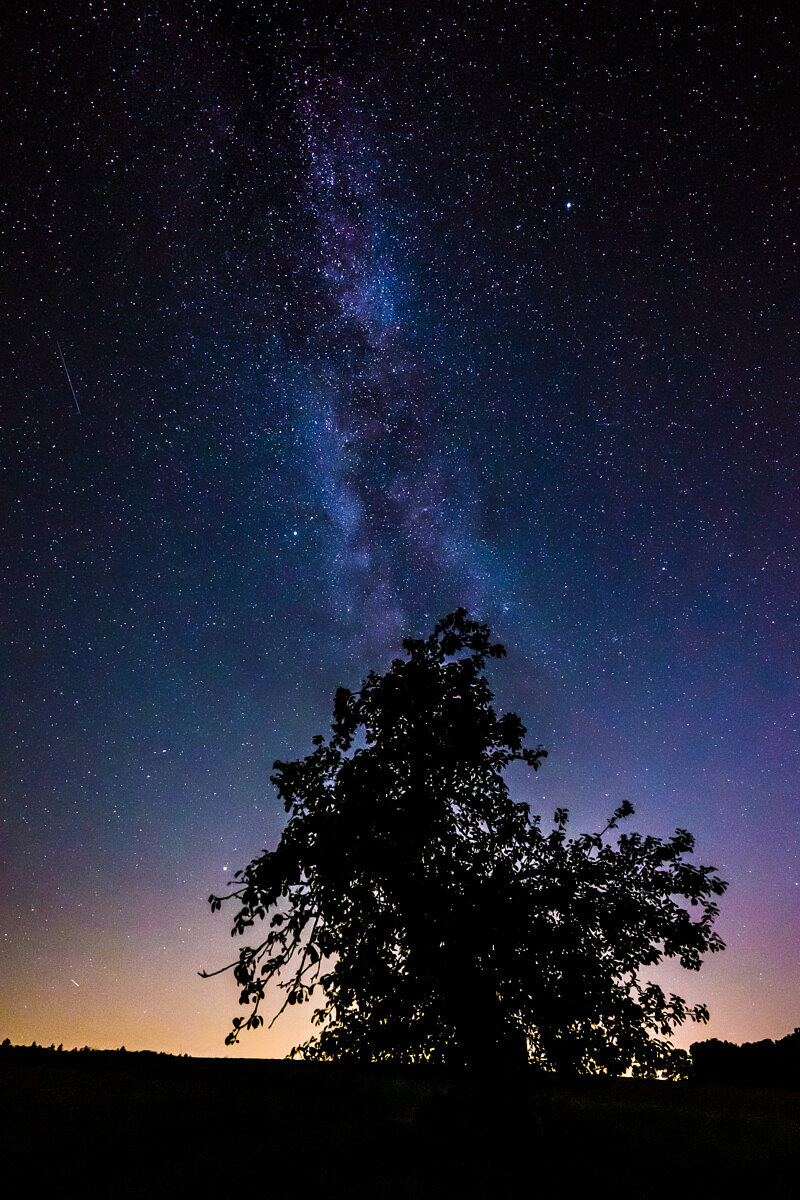
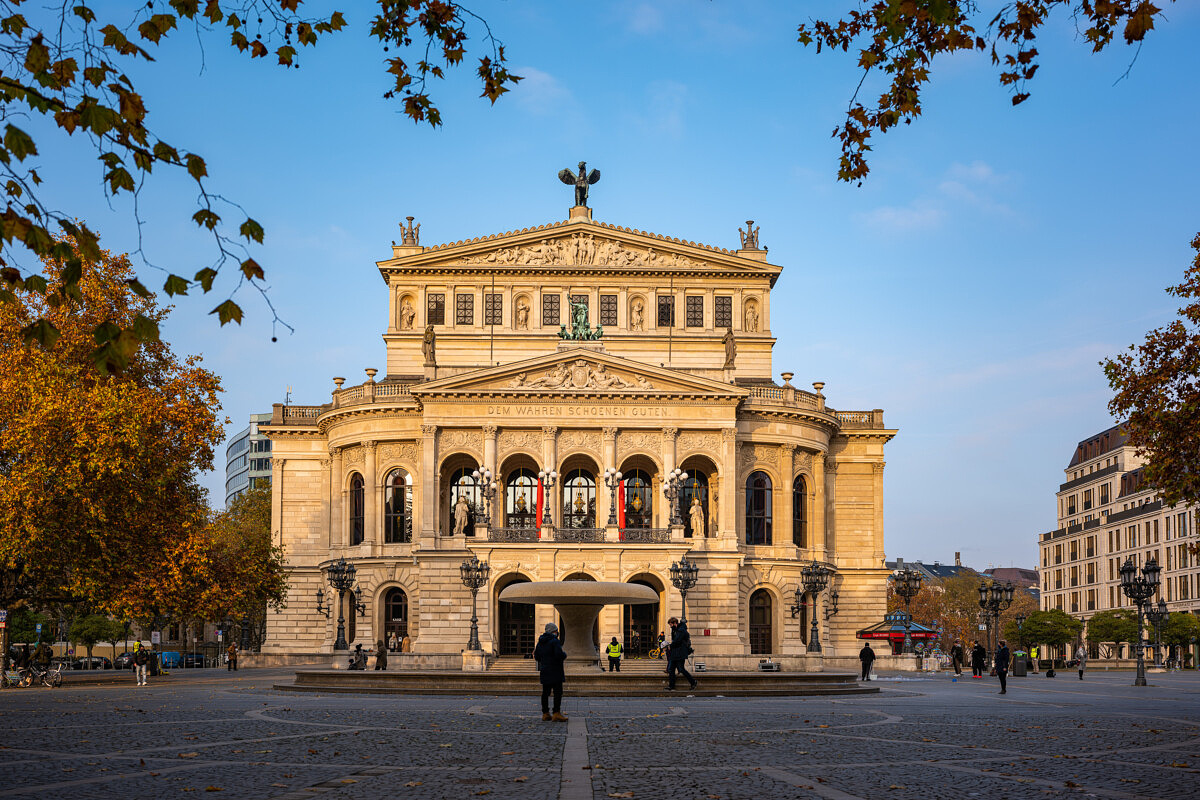


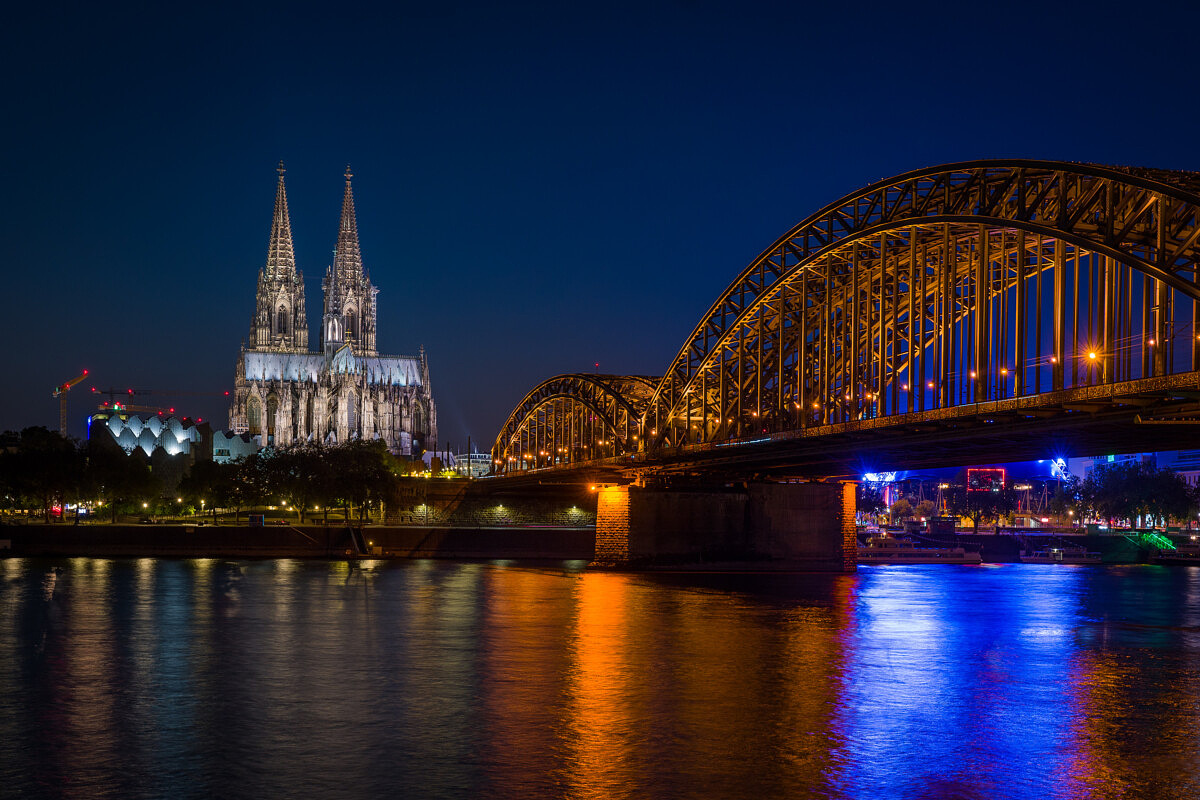
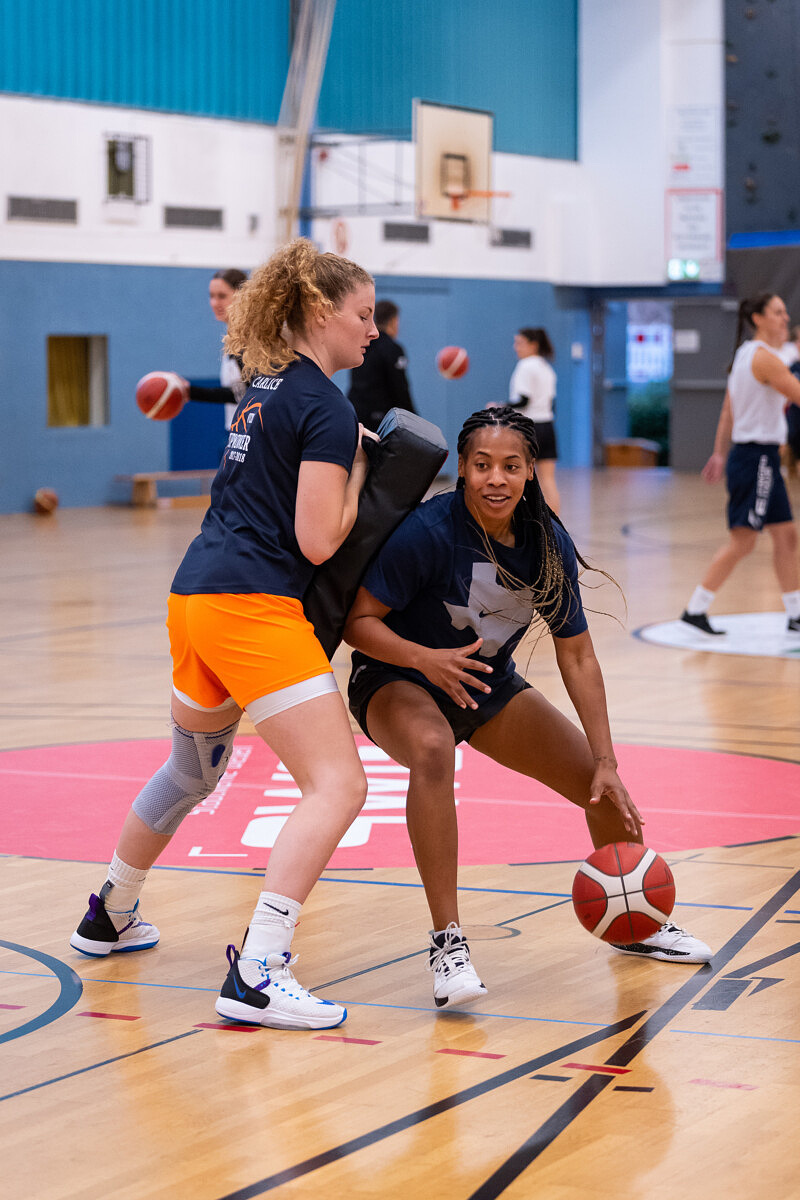
Initial Thoughts
At first glance, the SL2-S is a bit puzzling, but Leica's direction here makes a lot of sense. The SL2 is absolutely amazing for both still photography as well as video. But it falls short when raising ISO to handle low light situations.
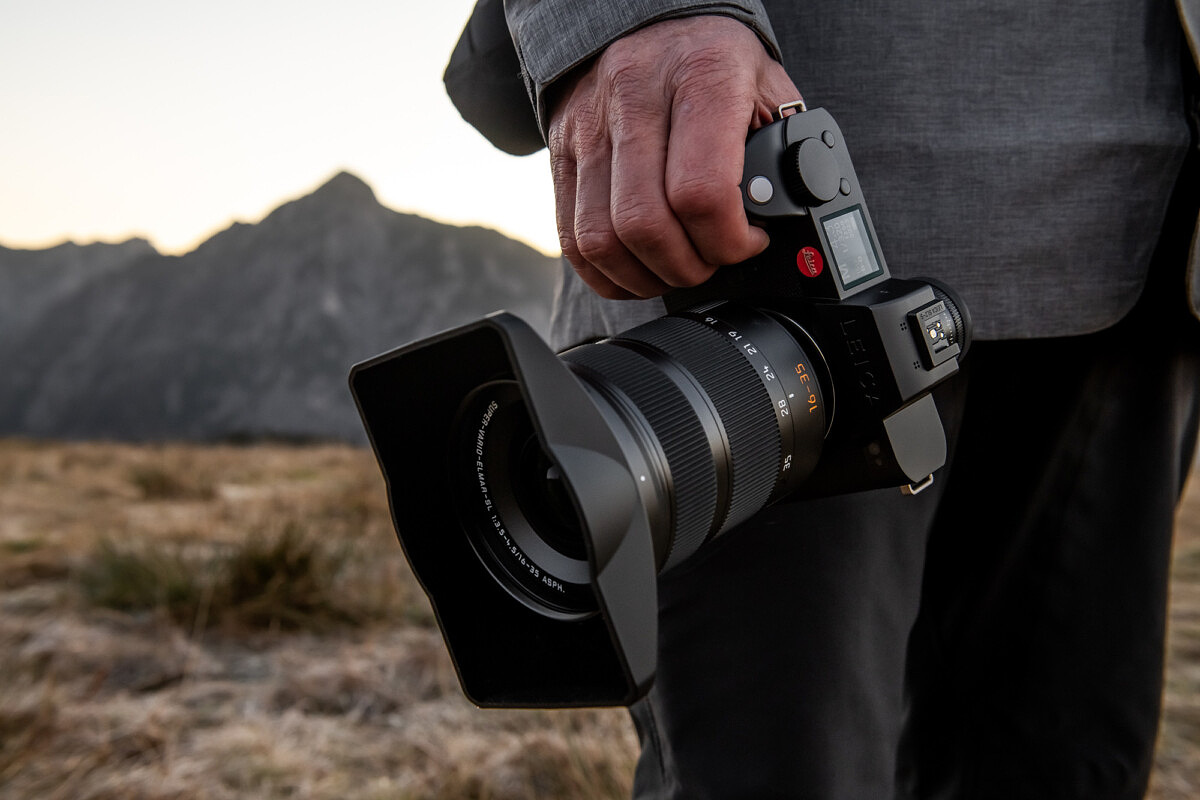
Also, some photographers don't need, or even want, 47MP files. For a high-volume shooter, the 80-90MB files of the SL2 are burdensome and take up huge amounts of card and drive space, while bogging down in post processing. For these folks, a 24MP workflow is the ideal mix of quality and ease of handling. Some are still using the SL601, but wish they had the features of the SL2. And for this crowd, the SL2-S is a homerun, also granting a meaningful upgrade in image quality as well as feature set. For the video-focused creator, the SL2-S offers a very attractive package, with even better features coming in the next few months.
So, I can see the SL2-S as a nice upgrade path to existing SL601 owners, a great second body or backup body for existing SL2 users and an entry point for videographers looking for the next level of quality.
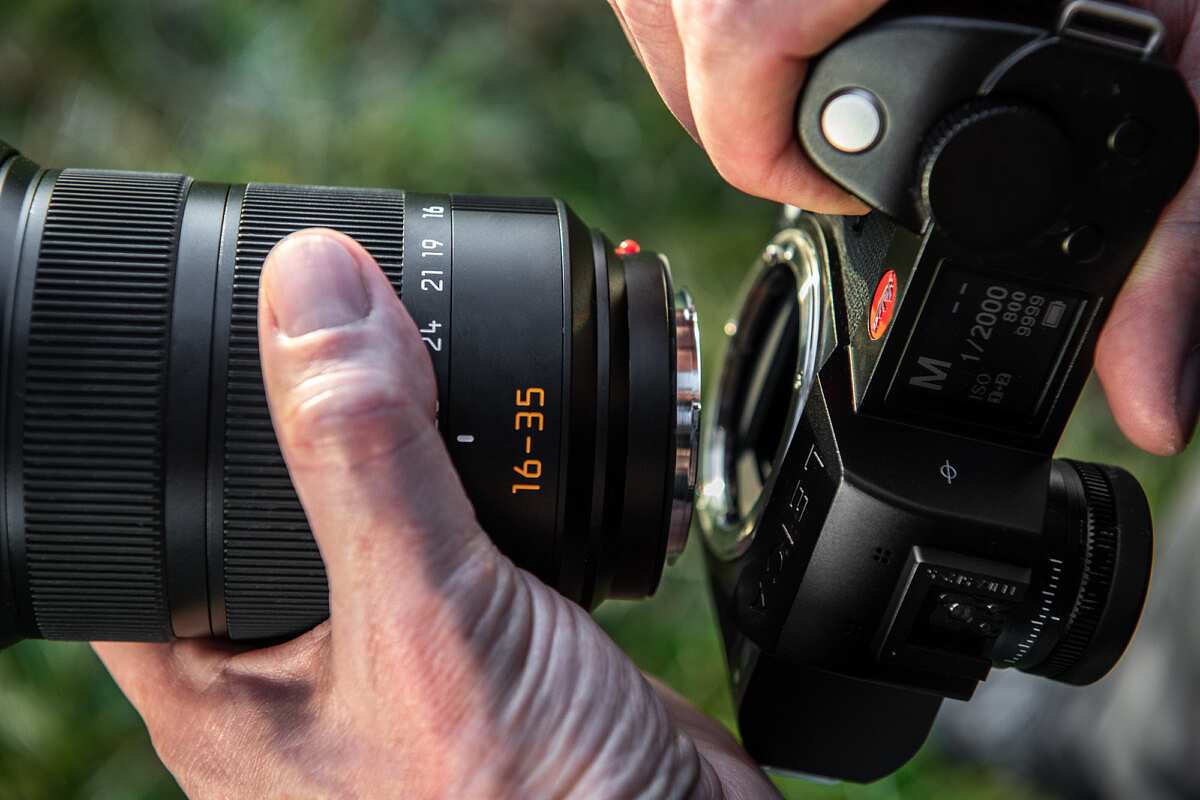
Pricing, Ordering and Availability
Initial deliveries of the Leica SL2-S will start within the next week for a price of $4,895, which is $1,100 less than the SL2. As with any major Leica camera launch, supply will be probably be limited for a number of months. If you are interested in ordering the SL2-S, you can do so at Leica Store Miami by clicking the button below, calling 305-921-4433 or sending an email to info@leicastoremiami.com. If you are interested in trading in any other Leica equipment towards the purchase of the Sl2-S, you can note it during the pre-order process.
Tech Specs
Camera | Leica SL2-S |
| Camera type | Mirrorless full-frame system camera |
| Type no. | 9584 |
| Buffer memory | 4 GB: DNG™: > 999 recordings / JPG: > 999 recordings |
| Storage medium | UHS-II (recommended), UHS-I, SD/SDHC/SDXC memory card |
| Material | Full-metal housing made of aluminum and magnesium, leatherette, cover, splash-water protected in compliance with IEC standard 60529 (protection type IP54). |
| Lens mount | Leica L bayonet with contact strip for communication between lens and camera |
| Operating conditions | -10 to +40°C |
| Interfaces | ISO accessory shoe with additional control contacts, HDMI jack 2.0b Type A, USB 3.1 Gen1 Type C, Audio-Out 3.5 mm/Audio-In 3.5 mm, communication interface in the base cover for multifunction hand grip |
| Tripod thread | A 1⁄4 DIN 4503 (1⁄4”) with stainless steel in the base |
| Dimensions (WxHxD) | 146 x 107 x 42 mm |
| Weight | approx. 850 g (without battery), approx. 931 g (with battery) |
| Sensor | |
| Sensor size | CMOS sensor, pixel pitch: 5.94 μm / Fullframe (24.6 MP): 6072 x 4056 pixels / APS-C (10.6 MP): 3984 x 2656 pixels |
| Image Stabilization | 5 axis Body Image Stabilization. Camera stabilizes up to 5.5 stops. |
| Filter | RGB color filter, UV/IR filter, no low-pass filter |
| Processor | Leica Maestro series (Maestro III) |
| File formats | Photo: DNG™ (raw data), DNG + JPG, JPG (DCF, Exif 2.31) Video: MP4: H.264/MPEG-4 AVC (Audio Format: 2ch 48kHz/16 bit, AAC), MOV: H.264/MPEG-4 AVC (Audio Format: 2ch 48 kHz/16 bit, AC-3) |
| Picture resolution | DNG™: 8368 x 5584 pixels (46.7 MP) JPG: 8368 x 5584 pixels (46.7 MP), 6000 x 4000 pixels (24 MP), 4272 x 2848 pixels (12 MP) |
| Color depth | DNG™: 14 bit, 12 bit (super high continuous shooting), JPG: 8 bit |
| Color space | Picture: sRGB, ECI-RGB v2.0, Adobe RGB Video: Rec. 709/Rec. 2020 (HLG)/L-Log |
| File size | DNG™: 44 MB JPG: depending on resolution and image content Video: unlimited, max. file size: 96 GB |
| Recording Mode Video | Video mode: P – A – S – M / Cine mode: M |
| Video resolution | 35 mm – C4K (17:9) 4096×2160 pixels (Sensor range: 6000 x 3168 pixels) 35 mm – 4K (16:9) 3840×2160 pixels (Sensor range: 6000 x 3368 pixels) 35 mm – Full HD (16:9) 1920×1080 pixels (Sensor range: 6000 x 3368 pixels) APS-C – C4K (17:9) 4096×2160 pixels (Sensor range: 4128 x 2176 pixels) APS-C – 4K (16:9) 3840×2160 pixels (Sensor range: 3984 x 2240 pixels) APS-C – Full HD 1920×1080 pixels (Sensor range: 3984 x 2240 pixels) |
| Video frame rate | MOV C4K: 59,94 B/s, 4:2:0 / 8 Bit (SD), 4:2:2 / 10 Bit (HDMI), APS-C, H.264, Long GOP, 150Mbps MOV C4K: 50 B/s, 4:2:0 / 8 Bit (SD), 4:2:2 / 10 Bit (HDMI), APS-C, H.264, Long GOP, 150Mbps MOV C4K: 29,97 B/s, 4:2:2 / 10 Bit (SD & HDMI), 35mm & APS-C, H.264, ALL-I, 400Mbps MOV C4K: 25 B/s, 4:2:2 / 10 Bit (SD & HDMI), 35mm & APS-C, H.264, ALL-I, 400Mbps MOV C4K: 24 B/s, 4:2:2 / 10 Bit (SD & HDMI), 35mm & APS-C, H.264, ALL-I, 400 Mbps MOV 4K: 59,94 B/s, 4:2:0 / 8 Bit (SD), 4:2:2 / 10 Bit (HDMI), APS-C, H.264, Long GOP, 150 Mbps MOV 4K:50 B/s 4:2:0 / 8 Bit (SD), 4:2:2 / 10 Bit (HDMI), APS-C, H.264, Long GOP, 150 Mbps MOV 4K:29,97 B/s 4:2:2 / 10 Bit (SD & HDMI), 35mm & APS-C, H.264, ALL-I, 400 Mbps MOV 4K:25 B/s 4:2:2 / 10 Bit (SD & HDMI), 35mm & APS-C, H.264, ALL-I, 400 Mbps MOV 4K:23,98 B/s 4:2:2 / 10 Bit (SD & HDMI), 35mm & APS-C, H.264, ALL-I, 400 Mbps MOV FHD: 180 B/s 4:2:0 / 8 Bit (SD & HDMI), APS-C, H.264, Long GOP, 20 Mbps MOV FHD:150 B/s 4:2:0 / 8 Bit (SD & HDMI), APS-C, H.264, Long GOP, 20 Mbps MOV FHD:120 B/s 4:2:0 / 8 Bit (SD & HDMI), 35mm & APS-C, H.264, Long GOP, 20 Mbps MOV FHD:100 B/s 4:2:0 / 8 Bit (SD & HDMI), 35mm & APS-C, H.264, Long GOP, 20 Mbps MOV FHD:59,94 B/s 4:2:2 / 10 Bit (SD & HDMI), 35mm & APS-C, H.264, ALL-I, 200 Mbps MOV FHD:50 B/s 4:2:2 / 10 Bit (SD & HDMI), 35mm & APS-C, H.264, ALL-I, 200 Mbps MOV FHD:29,97 B/s 4:2:2 / 10 Bit (SD & HDMI), 35mm & APS-C, H.264, ALL-I, 200 Mbps MOV FHD:25 B/s 4:2:2 / 10 Bit (SD & HDMI), 35mm & APS-C, H.264, ALL-I, 200 Mbps MOV FHD:23,98 B/s 4:2:2 / 10 Bit (SD & HDMI), 35mm & APS-C, H.264, ALL-I, 200 Mbps MP4 4K: 59,94 B/s 4:2:0 / 8 Bit (SD & HDMI), APS-C, H.264, Long GOP, 150Mbps MP4 4K: 50 B/s 4:2:0 / 8 Bit (SD & HDMI), APS-C, H.264, Long GOP, 150Mbps MP4 4K: 29,97 B/s 4:2:0 / 8 Bit (SD & HDMI), 35mm & APS-C, H.264, Long GOP, 100 Mbps MP4 4K: 25 B/s 4:2:0 / 8 Bit (SD & HDMI), 35mm & APS-C, H.264, Long GOP, 100 Mbps MP4 4K: 23,98 B/s 4:2:0 / 8 Bit (SD & HDMI), 35mm & APS-C, H.264, Long GOP, 100 Mbps MP4 FHD: 180 B/s 4:2:0 / 8 Bit (SD & HDMI), 35mm & APS-C, H.264, Long GOP, 20 Mbps MP4 FHD:150 B/s 4:2:0 / 8 Bit (SD & HDMI), 35mm & APS-C, H.264, Long GOP, 20 Mbps MP4 FHD:120 B/s 4:2:0 / 8 Bit (SD & HDMI), 35mm & APS-C, H.264, Long GOP, 20 Mbps MP4 FHD:100 B/s 4:2:0 / 8 Bit (SD & HDMI), 35mm & APS-C, H.264, Long GOP, 20 Mbps MP4 FHD:59,94 B/s 4:2:0 / 8 Bit (SD & HDMI), 35mm & APS-C, H.264, Long GOP, 28 Mbps MP4 FHD:50 B/s 4:2:0 / 8 Bit (SD & HDMI), 35mm & APS-C, H.264, Long GOP, 28 Mbps MP4 FHD:29,97 B/s 4:2:0 / 8 Bit (SD & HDMI), 35mm & APS-C, H.264, Long GOP, 20 Mbps MP4 FHD:25 B/s 4:2:0 / 8 Bit (SD & HDMI), 35mm & APS-C, H.264, Long GOP, 20 Mbps MP4 FHD:23,98 B/s 4:2:0 / 8 Bit (SD & HDMI), 35mm & APS-C, H.264, Long GOP, 24 Mbps |
| Bit Rate | 8/10 bit for recordings on SD card, 10 bit via HDMI output |
| Video Gamma | Rec. 709, L-Log Rec. 2020, HLG Rec. 2020 |
| Viewfinder (EVF) | Resolution: 5,760,000 dots, 120 fps, magnification: 0.78x, aspect ratio: 4:3, frame coverage: 100%, exit pupil position: 21mm, setting range +2/-4 diopters, with eye sensor for automatic switchover between viewfinder and LCD panel, time delay 0.005 s |
| LCD panel | 3.2“ (backlight LED) with anti-fingerprint and anti-scratch coating, 2,100,000 pixels (dots), format 3:2, touch control available |
| Top display | 1.28“ highly reflective trans-reflective monochrome LCD, 128 x 128 pixels, viewing angle 120°; anti-fingerprint coating |
| Shutter | |
| Shutter type | Electronically controlled focal plane shutter/electronic shutter |
| Shutter speeds | Mech. shutter: 30 min to 1⁄8000 s / Electr. shutter function: 1 s to 1⁄16000 s / Flash Sync: up to 1/250 s |
| Shutter button | Two-stage (1st stage: Activation of the camera electronics including autofocus and exposure metering, 2nd stage: Taking the picture) |
| Self-timer | Delay time: 2 s or 12 s |
| Picture Series | Single Single Continuous Low Speed (2 fps) Continuous Medium Speed (5 fps) Continuous High Speed (9 fps without AFc/AE/WB) Continuous Super Speed (25 fps with electr. shutter function without AFc/AE/WB) Interval Shooting Exposure Bracketing Multishot |
| Multishot | Generates 2 DNGs: 1x 24 MP, 1x 96 MP (8 pictures are combined into one high-res image) |
| Focusing | |
| Focus Mode | Automatic (Autofocus in modes iAF/AFs/AFc/Touch AF) or manual. With manual setting: Auto Magnification and Focus Peaking optionally available as focus aids |
| Autofocus system | Based on contrast metering and depth mapping |
| Autofocus modes | Intelligent AF (autonomously selects AFs and AFc), AFs (picture taken only after successful focusing), AFc (picture can be taken at any time), AF setting can be saved |
| Autofocus Metering Methods | Spot (can be shifted), Field (can be shifted), Multi-Field, Zone, Face detection, object tracking, optional Touch AF |
| Autofocus Metering Fields | 225 |
| Exposure | |
| Exposure metering | TTL (“Through The Lens” exposure metering) |
| Exposure Metering Methods | Spot, Center-Weighted, Multi-Field |
| Exposure modes | Automatic program (P), Aperture priority (A): manual aperture setting, Shutter priority mode (S): manual shutter speed setting Manual (M): manual setting for shutter speed and aperture |
| Exposure Compensation | ±3 EV in 1⁄3 EV increments or 1/2 EV increments |
| Automatic bracketing | 3 or 5 exposures, up to ±3 EV, in 1⁄3 EV increments Shift function: up to ±3 EV, additional JPG-HDR |
| ISO sensitivity range | Auto ISO: ISO 100 to ISO 100000, Manual: ISO 50 to ISO 100000 |
| White balance | Automatic (Auto), Daylight 5200 K, Cloudy 6000 K, Shadow 7000 K, Tungsten 3200 K, HMI 5600 K, Fluorescent Warm 4000 K, Fluorescent Cold 4500 K, Flash 5400 K, Gray Card Live View, Gray Card, Color Temperature 2000 K to 11500 K |
| Flash | |
| Flash unit connector | Accessory shoe |
| Flash sync time | 1⁄250 sec, slower shutter speeds available, automatic changeover to TTL linear flash mode with HSS-compatible Leica flash units |
| Flash exposure metering | Using center-weighted TTL pre-flash metering with Leica flash units (SF 26, 40, 58, 60, 64) or with system-compatible flash units, flash remote control SF C1 |
| Flash exposure compensation | SF 40: ±2 EV in 1⁄2 EV increments, SF 60: ±2 EV in 1⁄3 EV increments |
| Equipment | |
| Microphone | Stereo internal + microphone input 3.5 mm stereo jack + power supply voltage (approx. 2.5 V) |
| Speaker | Mono internal + headphones output 3.5 mm stereo jack |
| WLAN | The Leica FOTOS app is required to use the WLAN function. The Leica app is available from the Apple App Store™ or the Google Play Store™. Compliant with Wi-Fi IEEE802.11b/g/n, 2.4 GHz, channel 1-11 (2412-2462 MHz) and Wi-Fi IEEE802.11ac, 2.4 GHz & 5 GHz, channel 39-48 (5180-5240 MHz), channel 52-64 (5260-5320 MHz), channel 100-140 (5500-5700 MHz) (standard WLAN protocol), encryption method: WLAN-compatible WPA™/WPA2™ |
| Bluetooth | Bluetooth v4.2 (Bluetooth Low Energy (BLE)), 2402 to 2480 MHz |
| GPS | Via Leica FOTOS app |
| Menu languages | English, German, French, Italian, Spanish, Russian, Japanese, Simplified Chinese, Traditional Chinese, Korean |
| Power supply | |
| Rechargeable battery (Leica BP-SCL4) | Lithium-ion rechargeable battery, rated voltage: 7.2 V (DC); capacity: 1860 mAh (min.); charging time: approx. 140 min (after deep discharge); manufacturer: Panasonic Energy (Wuxi) Co. Ltd., Made in China Approx. 510 shots (according to CIPA standard, with auto power-off 10s), approx. 1430 shots (according to CIPA standard, adjusted shooting cycle*, with auto power-off 5s) *Alternating: switch on, one exposure every 3s, switch off after 10 exposures, 5min waiting time; switch on, one exposure every 3s, switch off after 50 exposures, 5min waiting time |
| USB Power Supply | USB charger function in standby mode or when switched off, USB power supply when switched on |
| Charger (Leica BC-SCL4) | Input: AC 100–240 V, 50/60 Hz, 0.25 A, automatic switchover; Output: DC 8.4 V 0.85 A; Manufacturer: Salom Electric (Xiamen) Co., Ltd., Made in China |
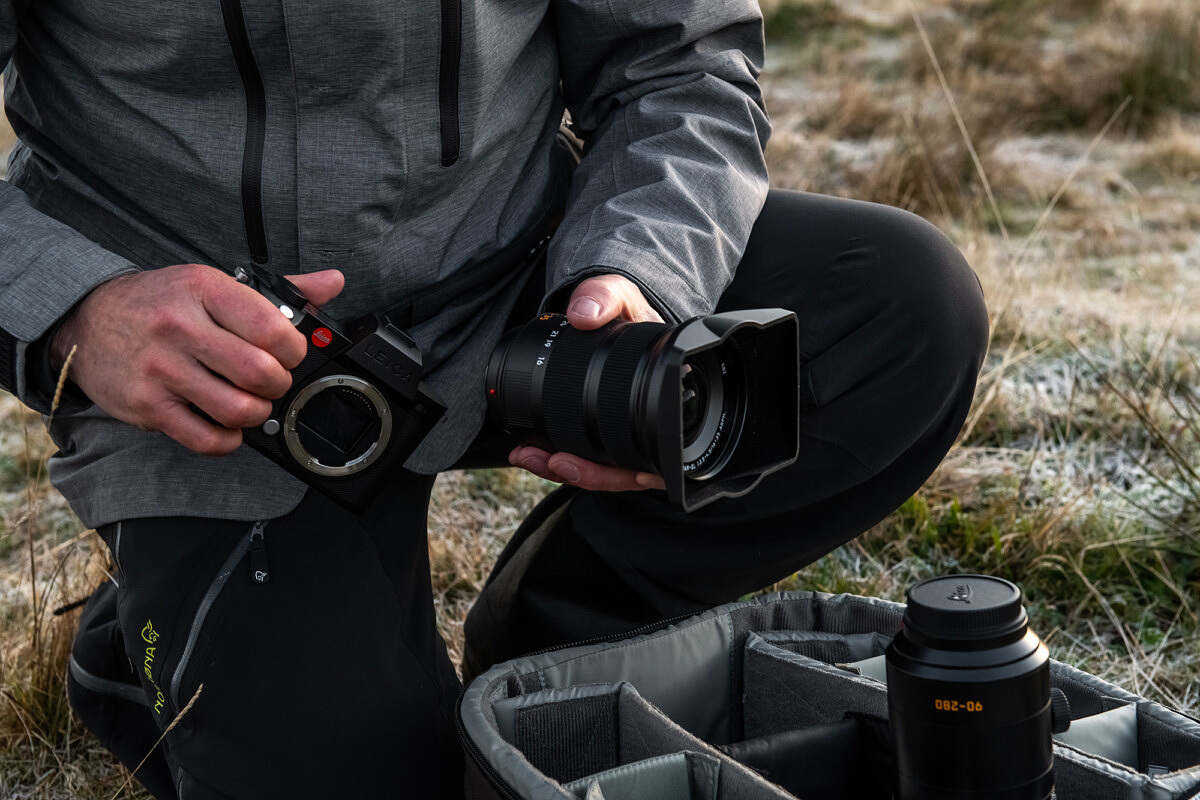
Press Release
The New Leica SL2-S is Leica’s Most Versatile Camera for Photography and Videography to Date
December 10, 2020 – Introducing the new Leica SL2-S, the perfect solution for anyone seeking outstanding imaging performance in both photography and video production from Leica. With its new 24 megapixel CMOS-BSI sensor and two separate recording modes for photos and videos, the Leica SL2-S offers the best of both mediums in one all-metal, state-of-the-art body built for long-term durability.
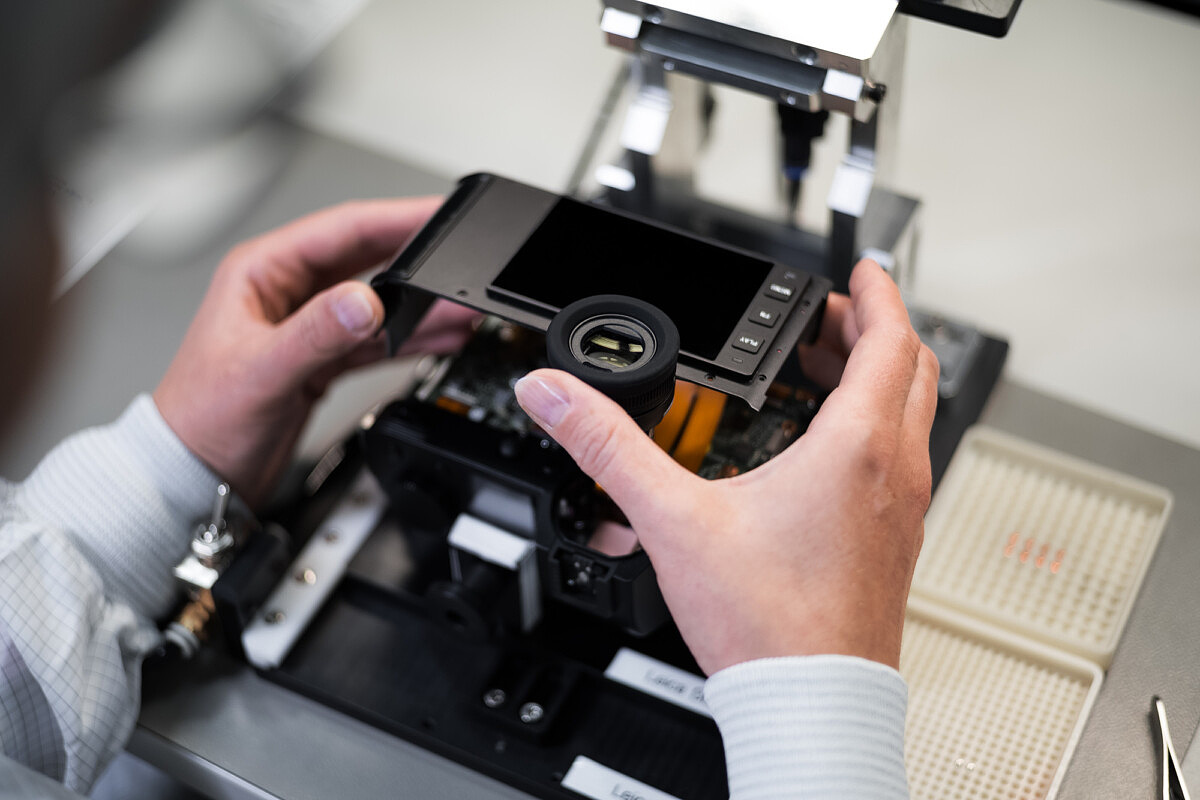
The Leica SL2-S expands the multi-faceted SL2-System with a versatile full-frame camera that serves as the ideal option for creatives who seek the Leica Look in both still and motion pictures. With its high-speed shooting at continuous burst rates up to 25 frames per second at full resolution and its pro-level cinema capabilities encompassing 10-bit 4K and Cine4K video with no recording length limits, the SL2-S is the ideal choice to capture brilliant photographs and cinematic videos through an intuitive camera that is built to last.
High-Quality Sensor
The core element of the Leica SL2-S is the newly developed backside-illuminated CMOS full-frame image sensor with a resolution of 24 megapixels. The data collected by the sensor is quickly processed by the camera’s Maestro-III processor in conjunction with the generous, 4-gigabyte buffer memory. This, for the first time, enables endless continuous shooting at up to 9 frames per second, where the burst length in JPEG format is only limited by the capacity the memory cards in the camera’s dual UHS-II card slots.
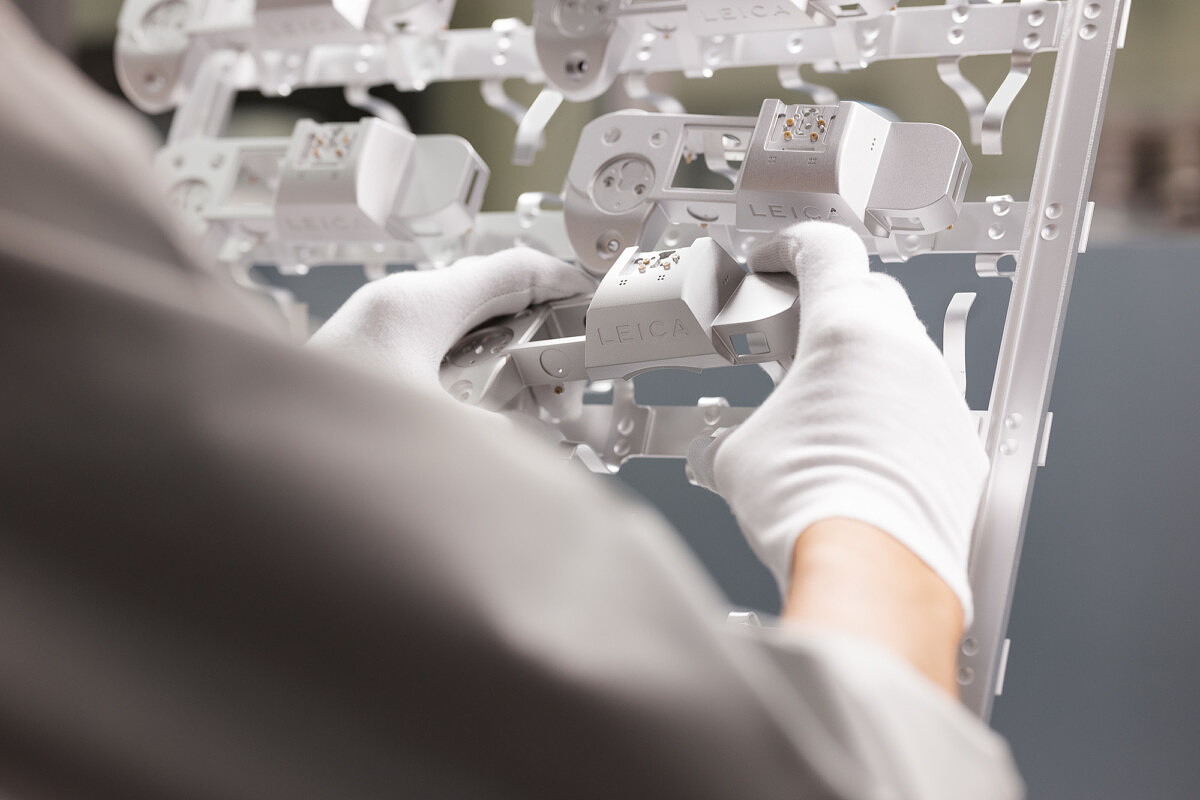
Image Stabilization
The Leica SL2-S features a stabilized image sensor, which provides a highly efficient, multi-axis image stabilization to be used with any Leica lens mounted to the body for a steadier shot yielding sharper results choosing slower shutter speeds. This sensor-shift technology also enables multi-shot capturing, automatically combining eight shots into one image with a fourfold resolution of 96 megapixels. The high sensitivity of up to ISO 100,000 – combined with the fast autofocus and in-body image stabilization – enables photographers to capture excellent images in all kinds of environments and even the dimmest of light.
Optimal Integration
The Leica SL2-S is the first SL model to enable direct tethered shooting with Capture One 21. This gives users the option of full remote control of the camera via the computer through the chosen software of many professional photographers and digital techs. In addition, the SL2-S can also be tethered to Adobe Photoshop Lightroom Classic for seamless integration to Adobe’s widely popular photographic workflow application. An extended 90-day trial of the Adobe Creative Cloud Photography plan is included when purchasing the camera. The Leica SL2-S shares many core attributes as its sibling model, the Leica SL2, such as the unique operating concept and high-resolution Leica EyeRes® viewfinder and utilizes the SL2’s full accessory range. The equally robust, all-metal SL2-S also features weather sealing with a certified IP54 rating against dust and spray water, endless shooting and video recording without overheating and is produced in Germany to the highest quality standards.
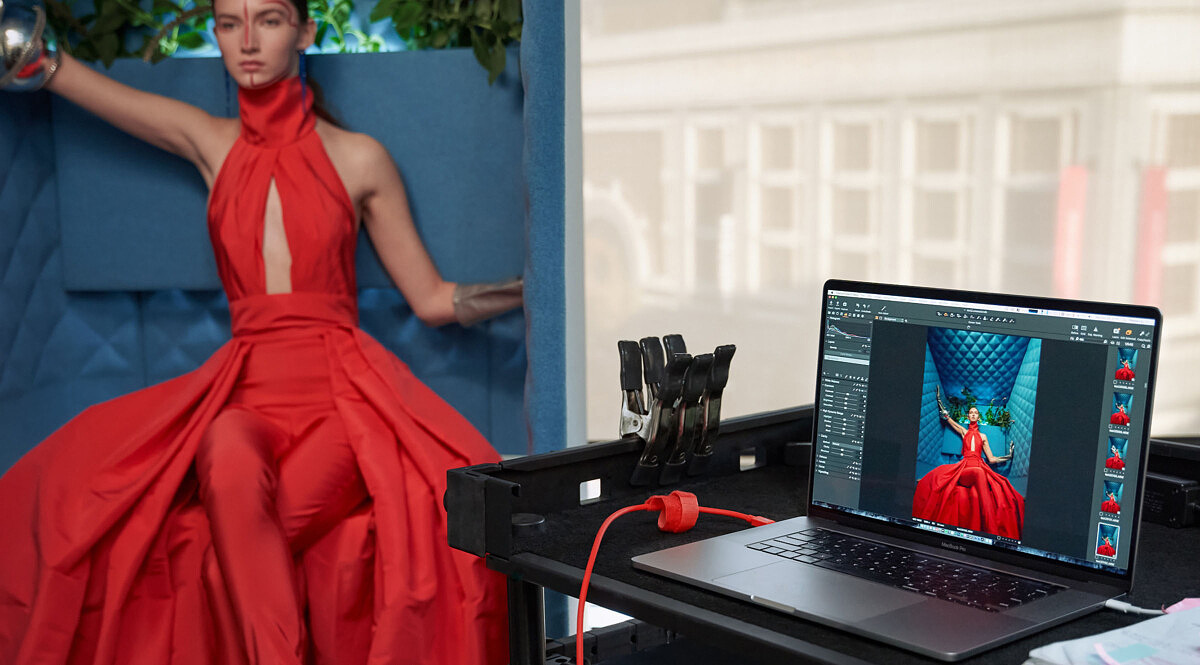
Perfect For Creative Videographers
The Leica SL2-S provides not just photographers but also videographers and cinematographers with outstanding possibilities which are continuously optimized via the firmware updates released for SL2-System cameras on an ongoing basis. The Leica SL2-S captures 10-bit 4:2:2 videos with Leica’s L-LOG gamma profile, at frame rates of up to 60 fps, ensuring the best quality color reproduction and sharpest results. Thanks to the integrated viewing LUTs (lookup tables), the user will have full control for optimal color quality and post-processing grading throughout the recording. Another pro-level trait is the camera’s unlimited video recording time, meaning the video length is only limited by the SD card or external storage capacity.
Through future firmware developments, the camera will also support the highly efficient HEVC video compression standard for internal 10-bit recordings up to 4K/60p directly to the SD card. This will also allow videos to be split into one-minute segments to minimize the risk of data loss. Other enhanced features, such as an integrated waveform monitor and automatic Follow Focus, will be added with the next firmware update further enhancing the camera’s suitability for professional applications and long-term use.
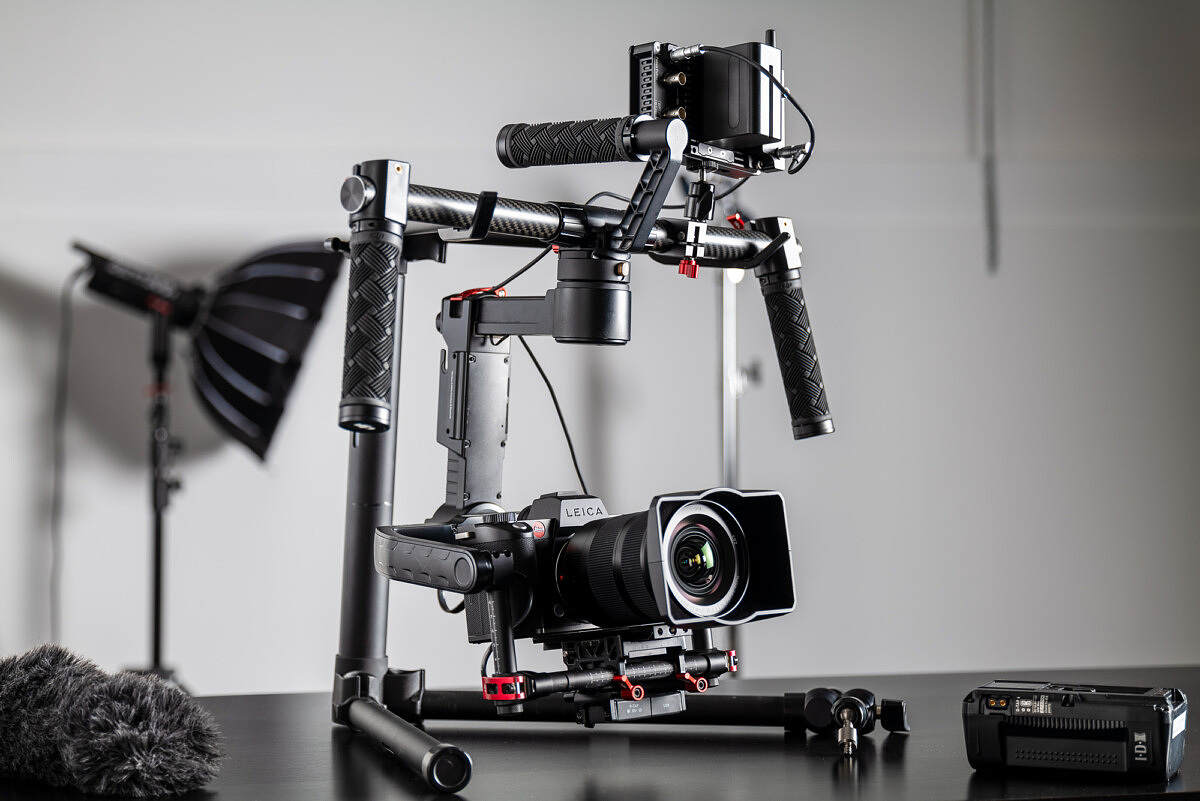
Limitless Compatibility
Being equipped with the L-Mount makes the Leica SL2-S fully compatible with not just the SL2-System’s extensive lens portfolio but also with APS-C TL-Lenses and via adapter, lenses from the Leica M, R, and S-System. The L-Mount Alliance provides SL2-S owners with access to over 40 autofocus lenses from Leica and alliance partners. In addition, Leitz Cine lenses – which are highly coveted among filmmakers around the world – can also be adapted to the Leica SL2-S.
The Complete Dual-Purpose Package
All the new features of the Leica SL2-S along with its established and well-regarded inherited qualities stemming from the Leica SL2 make this camera the perfect all-rounder for still photography and cinematic videography. The latest developments and technical innovations combine seamlessly with the unique build, design, and user interface making the SL2-S the fastest and most widely capable camera from Leica.
The Leica SL2-S is on sale starting today at authorized Leica dealers for $4,895.
About Leica Camera
Leica represents a union of craftsmanship, design and experience. It is a beautiful collision of art and engineering, and the future of form and functionality. Leica Camera, headquartered in Wetzlar, Germany, is an internationally operating, premium-segment manufacturer of cameras and sport optics products. The legendary status of the Leica brand is founded on a long tradition of excellence in the supreme quality and performance of cameras and lenses, and the iconic images that artists and photojournalists everywhere captured with them. For more information about Leica visit www.leicacamerausa.com, or follow the brand on Facebook, Instagram and Twitter.

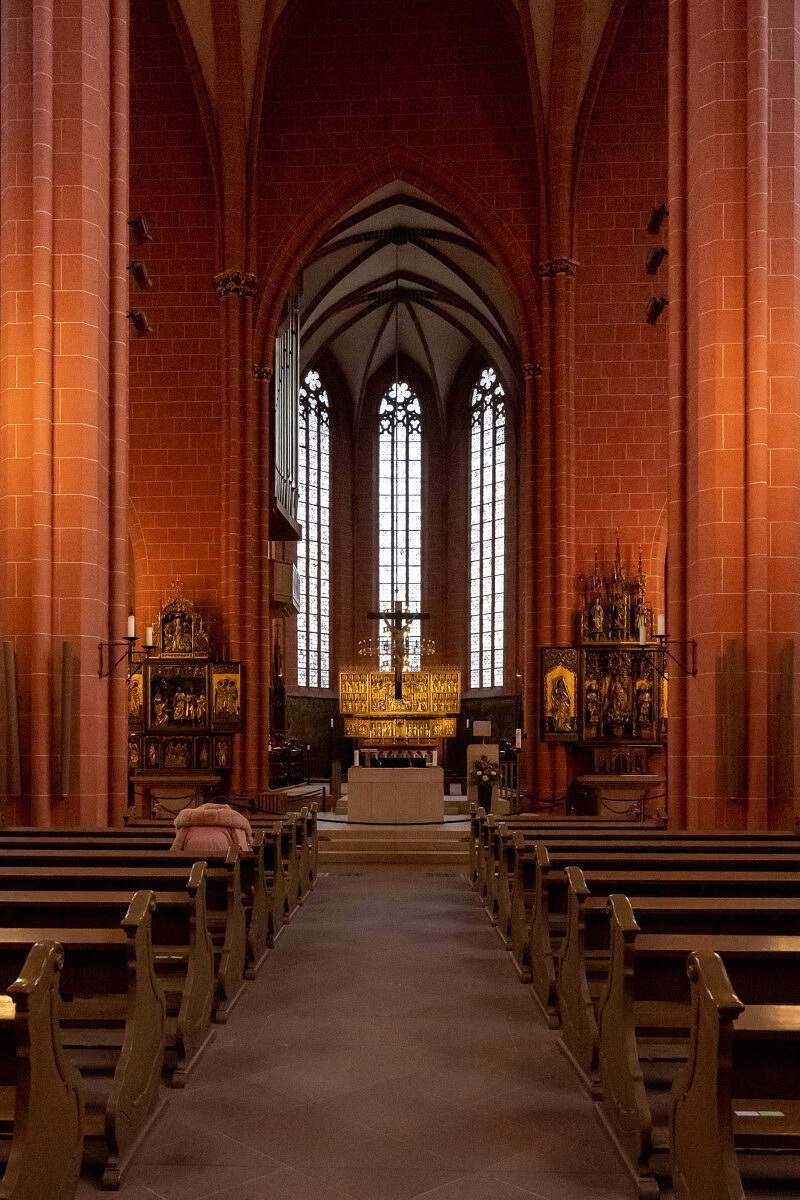
But does it also have the same power problem as the SL2? The inability to shoot 4K or high-speed stills below 75% power is disappointing.
You can solve the “power problem” on both cameras by using an external power bank (USB PD). If it is strong enough it will provide all the energy the camera needs and the internal battery will stay full. (And so the error message never appears.)
It is not perfect, but for video you will need a power bank anyway on many cameras, especially as with the SL2-S the 30 minute limit is now gone.
Agree wholeheartedly with your conclusions David. I own an SL Typ 601 and this would be a great upgrade. Leica could have named it the SL MK2. With better low-light performance, IBIS, and a more reasonable pixel count, it is far more appealing to me than 47MP. This would also be a great companion for a CL/M10 owner too, utilizing the same three-button controls to the left of the monitor and newer icon-based menu page. I think there is room in the family for multiple mission-specific SL versions. Buckle up. I predict brisk sales.
I have a technical question. In the 25 FPS mode (very high speed) is the bit depth reduced to 12 ? Or is it still 14 bit ? There are some rumors (because other cameras do it that way at 20 FPS and some claim it is “the same” sensor) but I cannot find anywhere real information.
Can you find out ? Or do you know already ?